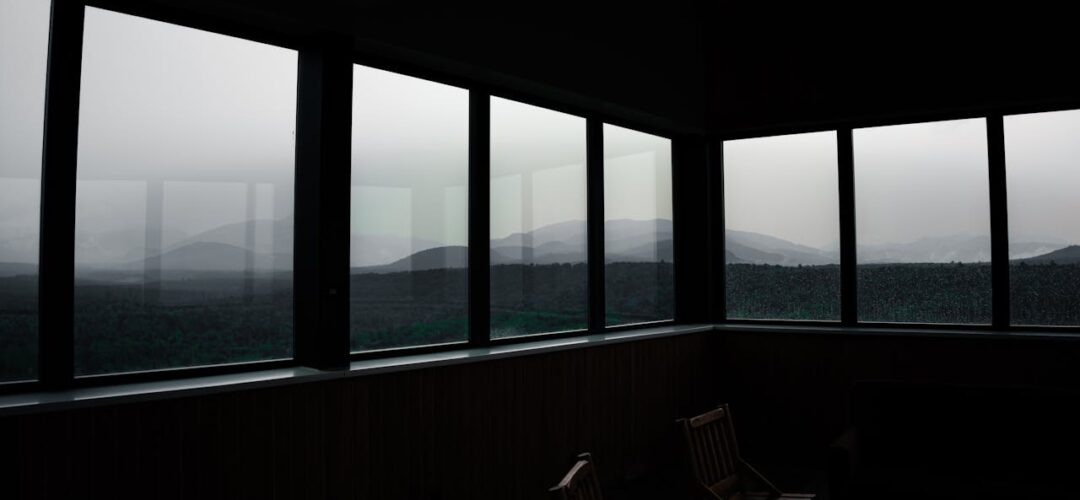Solar shading, while highly beneficial in many aspects, does come with its own set of challenges that consumers should be aware of.
- Glare Reduction vs. Natural Light
- One challenge with solar shading is finding the right balance between reducing glare and maintaining natural light levels. While solar shades effectively reduce glare, excessive shading can also darken interiors, leading to a loss of natural light and a potentially gloomy atmosphere. Finding the optimal balance is key to maximizing comfort and productivity.
- Heat Retention in Winter
- While solar shades are effective at blocking heat during the warmer months, they may inadvertently trap heat indoors during colder seasons. This can lead to increased heating costs and discomfort for occupants. To address this issue, homeowners can opt for dual-purpose shades that offer insulation properties in addition to solar protection.
- Impact on Views
- Solar shading solutions, such as exterior shades or awnings, may obstruct outdoor views, particularly when fully extended. This can be a concern for homeowners who value their views or wish to maintain a sense of openness. Choosing shades with adjustable or retractable features allows users to control shading levels while preserving views when desired.
- Maintenance Requirements
- Over time, solar shading systems may require maintenance to ensure optimal performance and longevity. Dust accumulation, fabric wear, and mechanical issues can affect the efficiency and aesthetics of shades. Regular cleaning and inspection are essential to address these concerns and prolong the lifespan of shading systems.
- Aesthetic Considerations
- The installation of solar shading devices can alter the appearance of a building’s façade or interior spaces. Some homeowners may find certain shading solutions unappealing or incongruent with their design preferences. Choosing shades that complement the architectural style and aesthetic of the property can help mitigate this issue.
- Cost vs. Benefits
- While solar shading offers numerous benefits, including energy savings, UV protection, and glare reduction, the initial cost of installation may deter some consumers. Weigh the long-term benefits against the upfront investment and consider factors such as energy savings and increased comfort when evaluating the cost-effectiveness of solar shading solutions.
While solar shading provides significant advantages, be aware of potential challenges and considerations associated with its implementation. By addressing these issues proactively and selecting shading solutions that align with individual needs and preferences, consumers can enjoy the full benefits of solar shading while minimizing drawbacks.






